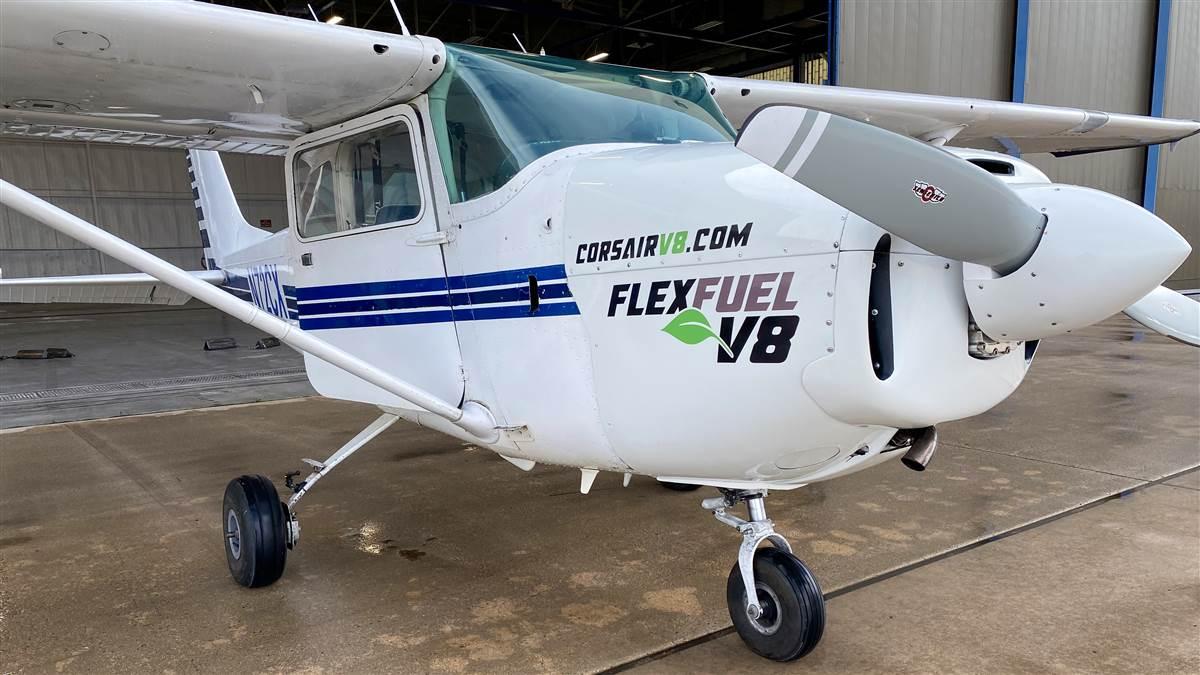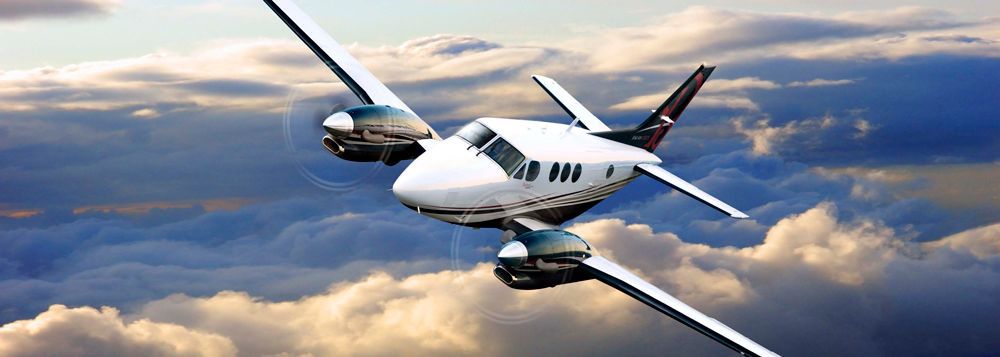The aviation industry has witnessed a profound evolution with the advent of twin-engine aircraft technology. From enhanced safety measures to improved performance capabilities, twin-engine aircraft have become a staple in both commercial and private aviation. This comprehensive guide will explore the intricacies of twin-engine aircraft technology, shedding light on the engineering marvels that power these dynamic flying machines.
Engine Configurations:
Twin-engine aircraft typically adopt one of two configurations: parallel (side-by-side) or tandem (one engine in front of the other). Each configuration has its own set of advantages and considerations. Parallel configurations often provide a more balanced thrust, while tandem setups can offer better aerodynamics.
Safety Features:
- Redundancy and Reliability: The primary advantage of twin-engine aircraft is the built-in redundancy. In the rare event of an engine failure, the remaining engine can sustain the flight. This redundancy is a critical safety feature, especially during long-haul flights over vast bodies of water or remote areas.
- Improved Takeoff and Climb Performance: Twin-engine aircraft generally have superior takeoff and climb performance. The combined thrust from two engines allows for a quicker acceleration and a steeper climb gradient, which is essential in certain operational scenarios.

Performance Considerations:
- Enhanced Speed and Range: Twin-engine aircraft often boast higher speeds and longer ranges compared to their single-engine counterparts. This is advantageous for both commercial airlines and private jet owners, enabling faster travel times and extended reach.
- Fuel Efficiency: While the fuel efficiency of twin-engine aircraft can vary depending on factors such as engine type and design, advancements in technology have led to more fuel-efficient twin-engine models. This is crucial for airlines aiming to reduce operating costs and environmental impact.
Maintenance and Operational Challenges:
- Increased Maintenance Complexity: Managing and maintaining two engines can be more complex than a single-engine aircraft. This complexity translates to higher maintenance costs and requires well-trained technicians to ensure both engines operate optimally.
- Pilot Training and Certification: Piloting a twin-engine aircraft demands specialized training and certification. Pilots must be well-versed in handling asymmetric thrust situations, engine-out procedures, and other scenarios unique to twin-engine operations.
Conclusion:
Twin-engine aircraft technology has revolutionized the aviation industry, offering a balance between safety, performance, and operational flexibility. As technology continues to advance, the challenges associated with twin-engine configurations are being addressed, making these aircraft an integral part of modern air travel.




